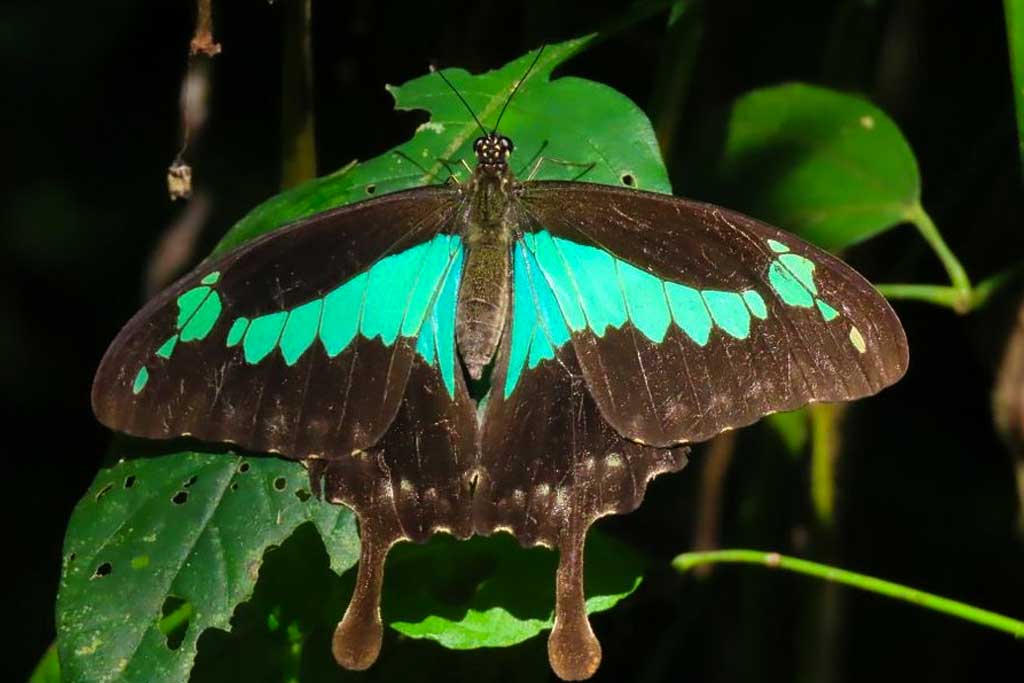Butterflies in Bwindi are enticing species in Bwindi Impenetrable National Park. These butterflies are among the very few most stunning and attractive insect species that you should consider sighting while on your butterfly safari in Bwindi. Butterflies are always in ravishing colors so they can easily be identified.

These pretty creatures can best be spotted while on forest nature walks in Bwindi forest. About 33 percent of Uganda is made of Afro-tropical species which comprise more than 46 butterfly species, and this excludes the subspecies that make up a total of 700. The 4 distinct butterfly families that have been recorded in Bwindi Impenetrable National Park include the hesperiidae species, pieridae, papilionidae, nymphalidae species, and lycaenidae species.
More about butterflies in Bwindi Impenetrable National Park
Approximately 35 of the species are believed to be endemic to the Park and many of them originate from the Lycaenidae family, which makeup 80 percent of the endemics. The notable ones include the Papilio zalmoxis hewitson, Papilio nireus Linnaeus, Papilio antimachus parva Jackson, Graphium antheus, Papilio nireus pseudo, and nireus felder among others.
The smallest species are not larger than the fingernail and the biggest swallowtails are larger than the smallest birds. They offer aesthetic appeal and are linked to all plants and crops at all stages of their life cycle.
Butterflies have an average life span just like any creature on earth and it ranges from 20 to 40 days. There are few that can thrive up to 9 months. Like other insects, butterflies lay eggs. The entire process takes 4 stages starting with eggs, larva, pupa, and then the adult. The lava butterfly is called a caterpillar.
Butterflies in Bwindi can mainly be seen in the red, green, and yellow colors. So, they come in dark color given that they need to absorb heat from the surrounding area. Butterflies do not have any chewing mouthparts but are blessed with a tubular straw-like appendage, called a ‘proboscis’, that helps them in sipping nectar.
They can smell with their antennae and taste using their feet, but there are a few species in the world that can orient themselves, both in latitude and longitude. Males attract females by releasing pheromone chemicals from their abdomen.
More about butterfly tour in Bwindi
Butterfly species in Bwindi forest make up part of the Park’s natural treasures. With a variety of these beautiful and brightly colored species and habitats, we believe that you will have a fantastic butterfly tour experience.
This magical destination is a refugee for the largest number of butterflies but they have not been explored by most visitors on a safari to Bwindi. There is a lot more than you can learn while on your butterfly exploration in the pearl of Africa, that will leave a memory in your mind.
For more amazing butterfly encounters, you can also add Kibale National Park as another best area to see more butterflies in Uganda.
